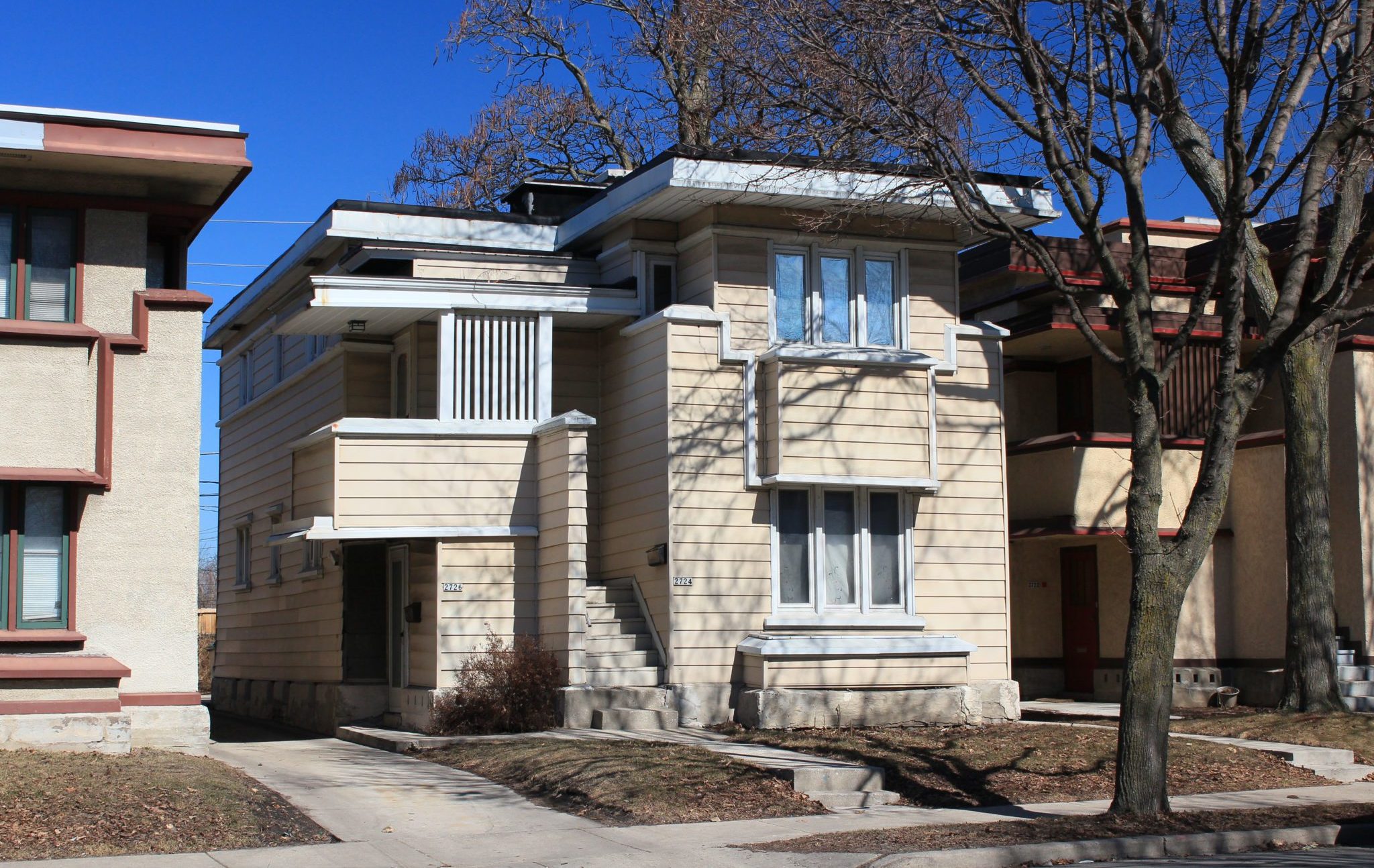How Lefty Urbanists Quash Housing Supply

It has been twelve years since I suggested to a Seattle developer that the cause of the housing “crisis” was a lack of supply. She dismissed my argument, claiming the word “supply” was “too Republican.” Today, things have changed—you’re allowed to propose supply-side reforms, as long as you balance them out with a proposed intervention, like taxing the production of new housing to pay for affordable housing.
Consider this example. A piece in the Denver Voice with the headline, “Denver seeks to capitalize on homebuilding activity with new affordable housing regulations,” discusses the city’s attempt to boost the supply of “missing-middle housing“—clustered and multifamily housing units scaled for single-family neighborhoods.
How exactly does the city of Denver propose to boost its missing middle housing supply? By increasing fees, of course.
To left-wing urbanists, missing-middle housing is all the rage—they see duplexes and triplexes as the antidote to racist ramblers and ranch houses. It’s one way to get progressives to embrace density—to eliminate zoning regulations because they limit production is, as my developer colleague said, “too Republican.” The argument has to be dressed in the language of race.
In Denver and across the country, local governments generate cash to subsidize housing production for non-profits by taxing the creation of missing-middle housing. When you read that a jurisdiction has ended single-family zoning as we know it, you’ll usually find that what happened is similar to what happened in Denver: The loosening of zoning restrictions was canceled out by exactions and inclusion requirements.
The Denver Voice story illustrates how, on the surface, initiatives that make urbanists squeal with delight—like eliminating single-family zoning and increasing the supply of affordable housing—are really efforts to engineer the racial composition of neighborhoods and punish profitable housing developments with fees. The Voice‘s story begins with a local official complaining that, “income has not increased as much as rents and home prices.” Why are prices going up? The answer defies the Seattle developer:
Colorado’s homebuilding activity slowed by approximately 40% between 2010 and 2020. At the same time, the state’s population grew by 15%. This dislocation of supply and demand has sent home prices upward.
But there is also good news. Denver has seen lots of housing permit activity, the piece explains, as “the number of multi-unit and mixed-use permits skyrocketed between 2020 and 2021,” while “the number of housing units built in multi-unit structures increased by 45% up to 6,585 last year while the number of mixed-use permits increased fourfold up to nearly 1,700.”
It would seem now was the perfect time for local government to step aside and allow a building boom—maybe even reduce and eliminate existing fees and regulations to sustain the boom as long as possible. We all understand the relationship between price and supply and demand, right? Nope.
With all those new permits and new buildings in Denver, government and non-profits see a cash machine for housing subsidies. Now is the time, they argue, to raise per-square-foot taxes on top-end housing construction by 330 percent:
Currently, the linkage fee ranges between $0.66 per sq. ft. in residential units up to $1.86 per sq. ft. in commercial and industrial contexts. If adopted, the plan would raise this fee to between $4 per sq. ft. and $8 per sq. ft. by July 2024.
Why do this now? Because boosting fees will “help the city build more missing-middle and workforce housing.”
There you have it. Housing prices rise because housing is scarce and lots of people need it. People with fewer dollars to spend on housing see a bigger share of those dollars consumed by housing costs. When more housing starts getting built, the “solution” proffered by the government is adding more costs to construction, costs that will get passed on to consumers in the form of higher prices, ensuring that housing inflation—“the crisis”—stays in place. Then, people with less money can get in line to wait for the subsidies to offset the rising costs caused by the additional fees imposed to fund the subsidies.
This more-money-not-more-housing logic is de rigueur—not just in Denver but all across the country. The costs are real. You can read a case study I did at Forbes that found a $25,000 per unit increase in Seattle caused by taxes like the one being used in Denver.
Oddly, developers are not troubled by the snake eating its tail. Inflation, as long as someone can pay for it, rationalizes their rising costs. And the bribes they pay for permits don’t hurt a bit as long as the market stays hot. Everyone “wins”: developers build, government can say it did something, and non-profit housing agencies get more cash. In Denver, left-leaning urbanists can have it both ways: supporting the construction of missing-middle housing and imposing a tax on greedy developers.
Roger Valdez is director of the Center for Housing Economics, a non-profit housing research and advocacy organization, and a research fellow at the Foundation for Equal Opportunity (FREOPP). This New Urbanism series is supported by the Richard H. Driehaus Foundation. Follow New Urbs on Twitter for a feed dedicated to TAC’s coverage of cities, urbanism, and place.
Comments